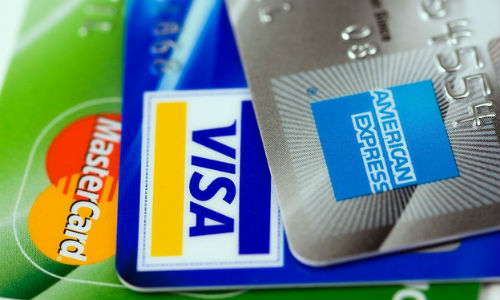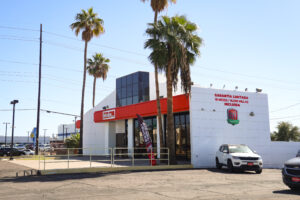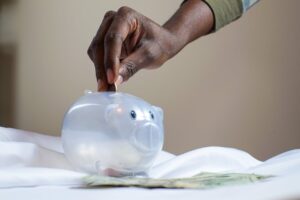A quarter-percentage-point here, a quarter-percentage-point there. The Federal Reserve has been raising short-term interest rates so slowly that many consumers haven’t felt the pinch yet. But a third rate hike this year is around the corner in September, and three more are expected in 2018. The flow of cheap money is coming to an end. Help your readers take one or more of these proactive steps by looking at the following stories:
Time to trim down on the plastic
What’s the big deal? A quarter-percentage-point increase adds only $2.50 more in interest a year to every $1,000 of credit card debt at the current interest rate of 16.49 percent. That’s $20 extra a year for cardholders who carry an average debt of $7,527 and don’t pay off their balance every month, according to an estimate from CreditCards.com, or $41 if you look at total household credit card debt of $16,425, says the personal finance site NerdWallet. But that’s on top of nearly $1,300 in interest that households with credit card debt already carry, says NerdWallet. To develop your story, look at this state-by-state breakdown offered by the personal finance site ValuePenguin. Then talk with consumer and government experts about steps that readers in your local area and state can take now to rein in their appetite for debt, which has grown by 11 percent in the past decade. The Federal Trade Commission offers information on debt repayment services, and debt calculators can be found online. Here’s one from bankrate.com.
Why refinancing is still worth it
When interest rates on mortgages fell to a 40-year low after the financial crisis in 2012, many homeowners refinanced. It’s still a smart time for qualified consumers to refinance, which can be the foundation for a story that looks at the basics of the process. Rates are currently low at 4.04 percent, but creeping up. Crunch the numbers by using a calculator, such as this one from calcxml.com. It also makes sense to refinance an adjustable home equity line of credit (HELOC), because these rates are pegged to the prime lending rate. Borrowers with a HELOC should act now, says Michael Kinane, senior vice president of consumer lending at TD Bank; a quarter-point increase on a $50,000 HELOC adds up to another $10 to $11 out of your monthly increase.
Where to find savings accounts that make sense
The bank around the corner is still paying 0.08 percent on the hard-earned cash in your savings account, but online competitors are offering 1.30 percent and more. Also check out community banks in your area, as well as credit unions. Each little squeeze adds up: An account paying 1.10 percent in interest earns about $275 more per year than an account with a rate of 0.01 percent on savings of $25,000, according to NerdWallet.
Reporter’s Resources
The Federal Reserve, the nation’s central bank, sets the prime lending rate.
CreditCards.com is part of Bankrate.com’s online network.
NerdWallet and ValuePenguin are personal finance sites.
The Federal Trade Commission is the federal agency responsible for protecting consumers.











